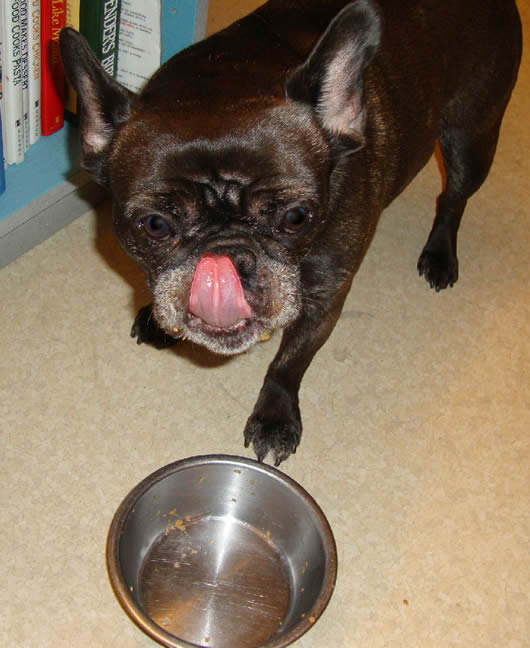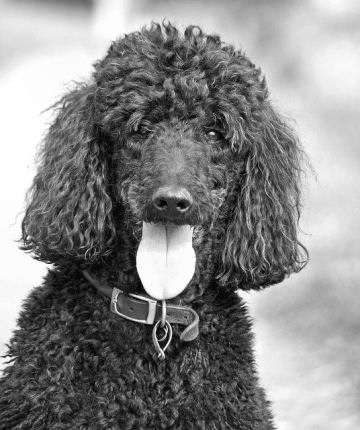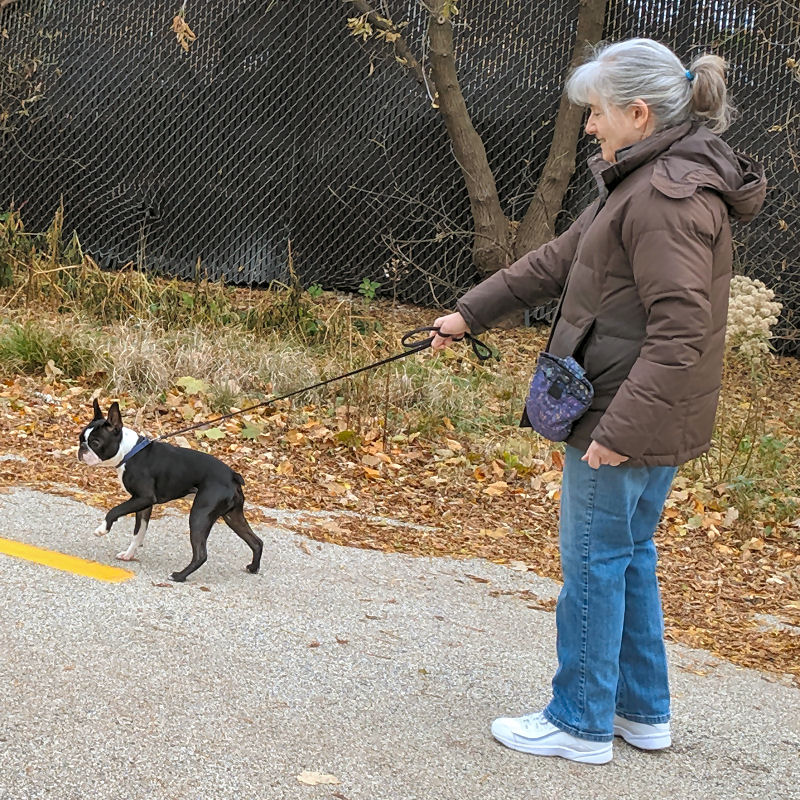Some people think that reward-based training will result in fat dogs. Or that dogs trained with rewards will “work” only when treats are visible. These concerns may make those people reluctant to embrace training that’s solely reward based – even though it’s proven more effective than any system that includes punishment.
Know your dog
Depending on the dog, some rewards are more valuable, and therefore more motivating than others. (Read more about the timing and placement of rewards.)
Some dogs love toys. Knowing that being “good” will result in a short tug session is the ultimate reward for these dogs.
Others couldn’t care less about toys, or tugging. For them, only food will serve as a reward.
Still other dogs, although we’ve never had one, are thrilled with praise and petting. Just that attention from their people is all they need for reinforcement.
Knowing your dog and what motivates him/her lets you create a unique “tool set” for rewarding your dog.
Hierarchy of rewards
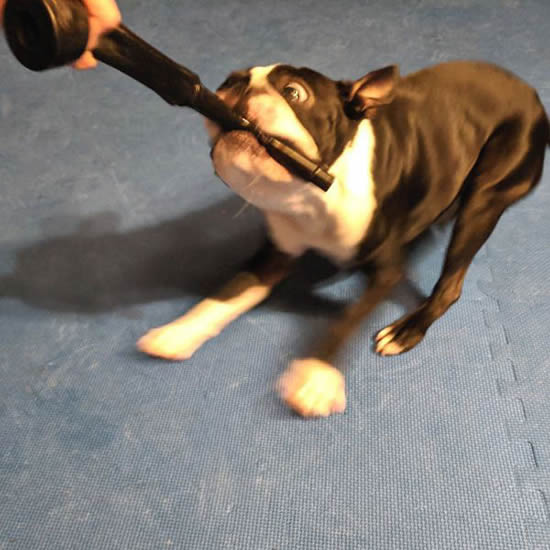
If you have a toy-driven dog, you also know which toys are his/her favorites and which are playable if nothing else is available. If your training session is at home, with no distractions, the less-favored toy is fine. Using that will let you get back to training after just a few seconds of tugging.
If you’re out with your dog in a place with distractions, use a toy that’s more valuable. If it’s someplace your dog gets stressed, “up the ante” even more and bring out the favorite toy.
We’ve never seen a dog that didn’t have preferences with toys. Some dogs are fanatics for balls. For these guys, be sure to get balls on ropes so you can be part of the fun. The last thing you want is for your dog to grab the toy and dash off during a 2-Minute-Dog-Training session.
Other dogs like ropes, or plush toys. Some are into vinyl or latex toys. It shouldn’t be a problem to have a variety on hand. And keep the “reward” toys separated – use only for training sessions. If and when they become stale, you can switch them out for others. We always have a bin of toys hidden away because toys the dogs haven’t seen in a few months are equivalent to new. And new toys are always best.
Food works the same way
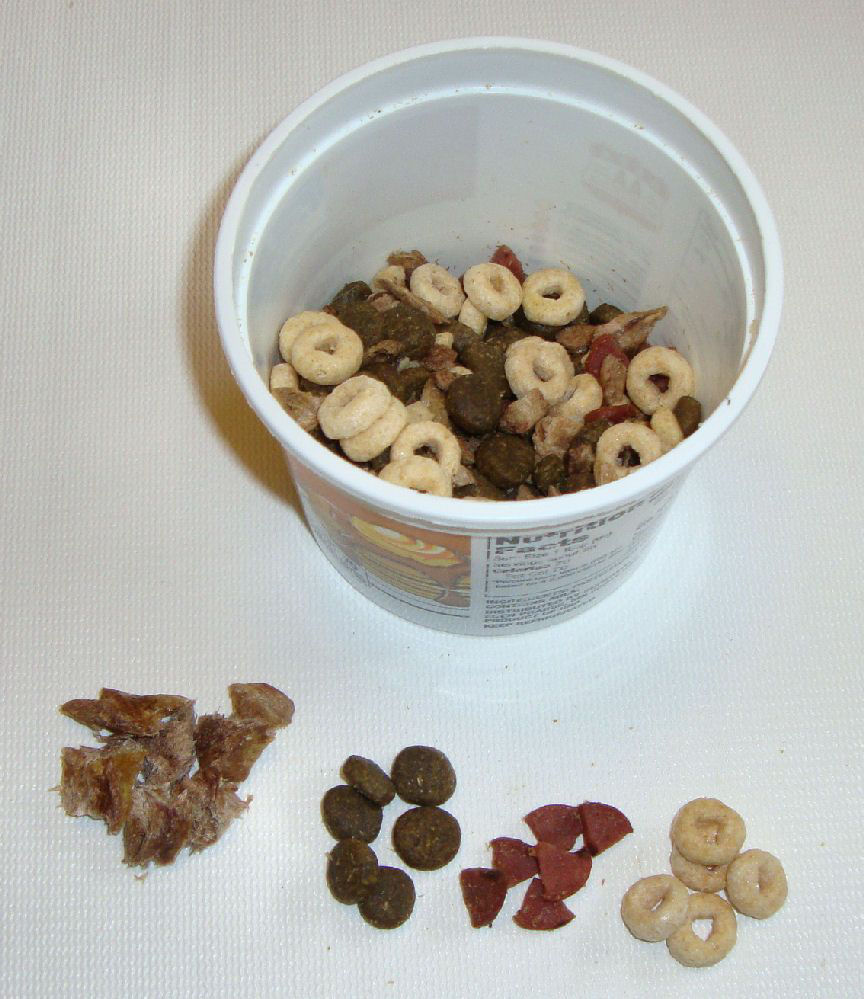
If your dog loves food rewards best, a “trail mix” of goodies works for every training session. Most dogs see dry food every meal, so it’s not as exciting. But it makes a great mix-in with Cheerios, bits of cheese, or even small pieces of hot dog. If your dog never knows what the next morsel will be, he/she will stay interested and motivated.
Again, if you’re playing where there are no distractions, chances are the kibble will be fine on its own. In a high-stress place, or with lots of distractions, the ratio should slant heavily toward your dog’s most-favorite bite.
You know your dog best and can adjust the “trail mix” accordingly. Hope’s French Bulldog Torque thinks celery is the most wonderful food on the planet. It may be weird, but it works for them.
Praise as reward
We’ve never had a dog that was satisfied with just praise as a reward for a “job well done.” They always look at us like “yeah, that was fine. Show me the money (toy, food)!”
But if you do, it’s a wonderful thing. Just by varying your pitch and volume, you can change the excitement and reward level for your dog. You always have your voice and hands with you, so there’s no excuse not to reward your dog.
Not “light” travelers
For the rest of us, there’s always some preparation when we go somewhere with our dogs. The more pockets we have, the happier we are. Aside from the mandatory leash and poop bag, we need the pouch (or sandwich bag) of treats, and a toy or two. And the most important thing we can bring – focus.
Too often we see it. People supposedly walking their dogs with their entire attention focused on the phone in their hands. The dog is at the end of the leash, paying no attention to the person. The disconnect is sad to see. Dogs adore their people and want nothing more than their attention. These dogs have learned to live without it and entertain themselves. Both person and dog would enjoy their walks so much more if they engaged with each other.

